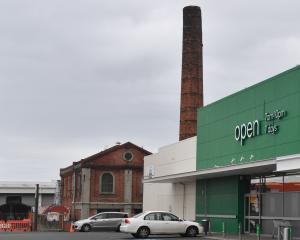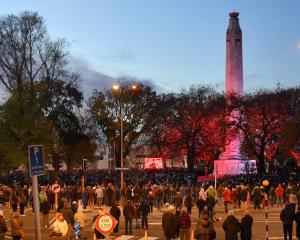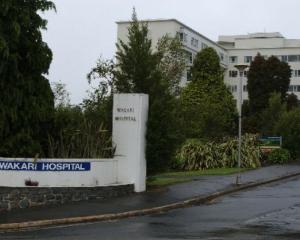
The move, if it happens, would be part of the nationwide plan to have all emergency road ambulance callouts double-crewed with professional paramedics by 2021.
Malcolm Flett, the Milton St John station officer for 25 years, appreciates double crewing is best practice but says introducing it in South Otago in this way would leave services over-centralised in Balclutha, resulting in delays in attendance at emergencies.
There is also concern about the pressure which would be put on volunteers who would take on the task of running the Milton station as a first response unit. Usually, Milton has about 400 callouts a year.
Milton Medical Centre senior doctor Jane Gardner did not mince words about the proposal, calling it outrageous.
She fears it would result in worse health outcomes for local people because of the delays in emergency response and she cited the loss of Mr Flett’s local knowledge as a major issue.
Ominously, she also considers the change would make it even more difficult to attract new general practitioners to the area in a situation where services had "barely coped" through the Covid crisis. She described it as "the last straw".
Local volunteer fire brigade members expect their workload as first responders to medical calls would increase under the new arrangements too. At the moment, they pick up medical calls when ambulances are busy or delayed.
Like many decisions made in health services, this proposal is more complicated than it might seem at first glance. It is hard to argue with the worth of having two professional paramedics on board all emergency ambulances, but how a cash-strapped organisation achieves this without downgrading some of its services is less clear.
In recent years, St John’s financial woes have often hit the headlines. In June, the service announced it needed to find $30million to offset its increasingly large deficit for the current financial year, partly because of the Covid-19 crisis.
It said then that a hundred jobs would go although it would "minimise losses within the frontline ambulance service".
A month later, First Union announced it was lodging an application with the Employment Relations Authority because it claimed the service had breached an agreement to pay penal rates for weekend and overnight shifts due to come into effect at the beginning of July.
This is not a good look for a major emergency organisation and, although there has been some increase in funding from the Government, St John chief executive Peter Bradley has said the organisation needs about another $100million a year.
At this time, only about 70% of St John funding comes from the Government and ACC, leaving a $70million hole in the $240million annual operating budget to be filled through donations, ambulance part charges and first aid courses.
Mr Bradley said in a recent interview the service was borrowing $20million every few weeks just to pay the wages, but he is confident a more sustainable funding model will be introduced next year when the service’s contract is up for renewal.
We hope his confidence is warranted. As we have said before, this is an issue which is not going to go away. An election year seems the ideal time for all political parties to commit to a proper long-term funding arrangement for this essential service.
In the meantime, members of the Milton community will be keeping the pressure on to ensure their concerns are heard in St John’s consultation over its plans. We hope St John will properly consider all of the valid issues they raise and that its eventual response will be safe, sustainable and supported by the town.













